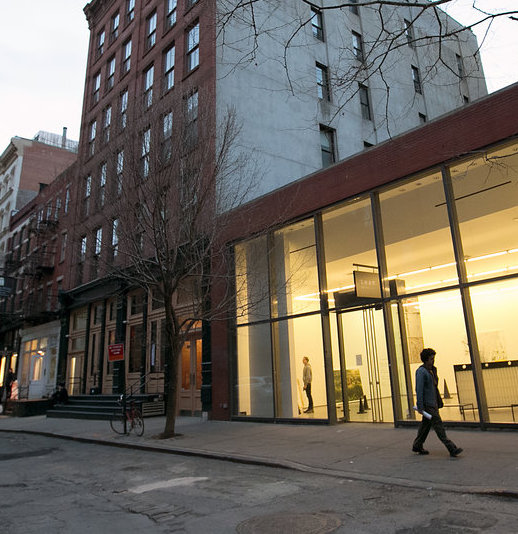Down, but not out

The economy has been stagnant for the vast majority of people for decades now—wages have stalled since the mid-70s, as profits and productivity have never stopped climbing. This long-term decline has been disguised by the dot.com mania and the real estate bubble, and the current, overheated stock market. As people point to traditional, superficial indicators of growth, and the media fails to explore what’s actually happening economically for most people. This makes it hard to connect the dots and understand why many galleries are struggling and some going under. It seems only the wealthiest have money to spend on art, and most of it is going to the highest end—in other words, the “brand” mentality governs spending, with people buying work at higher-priced work that seems more assured of rising in value. The dubious assumption behind all this is that the current art market actually prices work according to its actual value as art rather than as a predictable investment.
Nan Miller recently announced she was finally, really, closing her gallery here in Rochester, NY, after years of appearing to be going out of business and selling work accordingly. For years now, the Oxford Gallery, where I exhibit, has been offering work at a discount during the summer in order to stimulate sales, and Jim Hall’s inventory of 19th century American art has become more difficult to sell in recent years. None of this has to do with the quality of the work itself.
Bill Santelli and I were discussing all this yesterday when he got a notice of yet another gallery closing in Europe: “Freymond-Guth, the art gallery founded by Jean-Claude Freymond-Guth in Zürich in 2008, is abruptly closing (after being) named as one of 11 young dealers revitalizing their local art scenes earlier this summer.”
The site published a farewell letter sent to the owner’s mailing list. Here are excerpts:
Much has been said about how the art world has changed in the last years. I will not repeat it here. The consequences for art in an increasingly polarizing society ultimately built on power, finance and exclusion are clear. What I would like to address though . . . is a sentiment (best) described as alienation. Alienation in all relationships between all participants. Alienation in a climate where space and time for reflection, discussion and personal identification with form and content of contemporary art have become incompatible with the ever growing demand in constant, global participation, production and competition. MORE